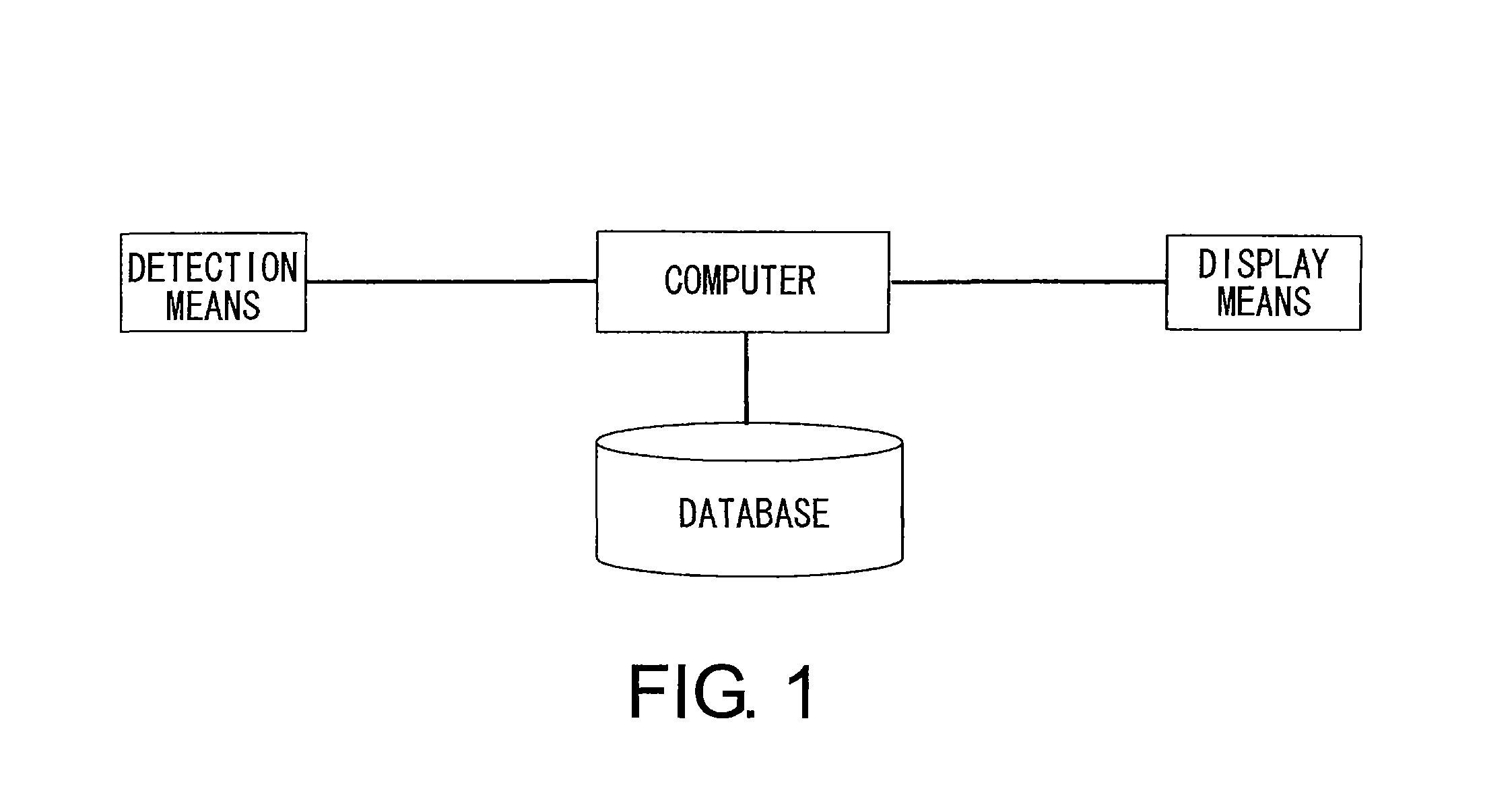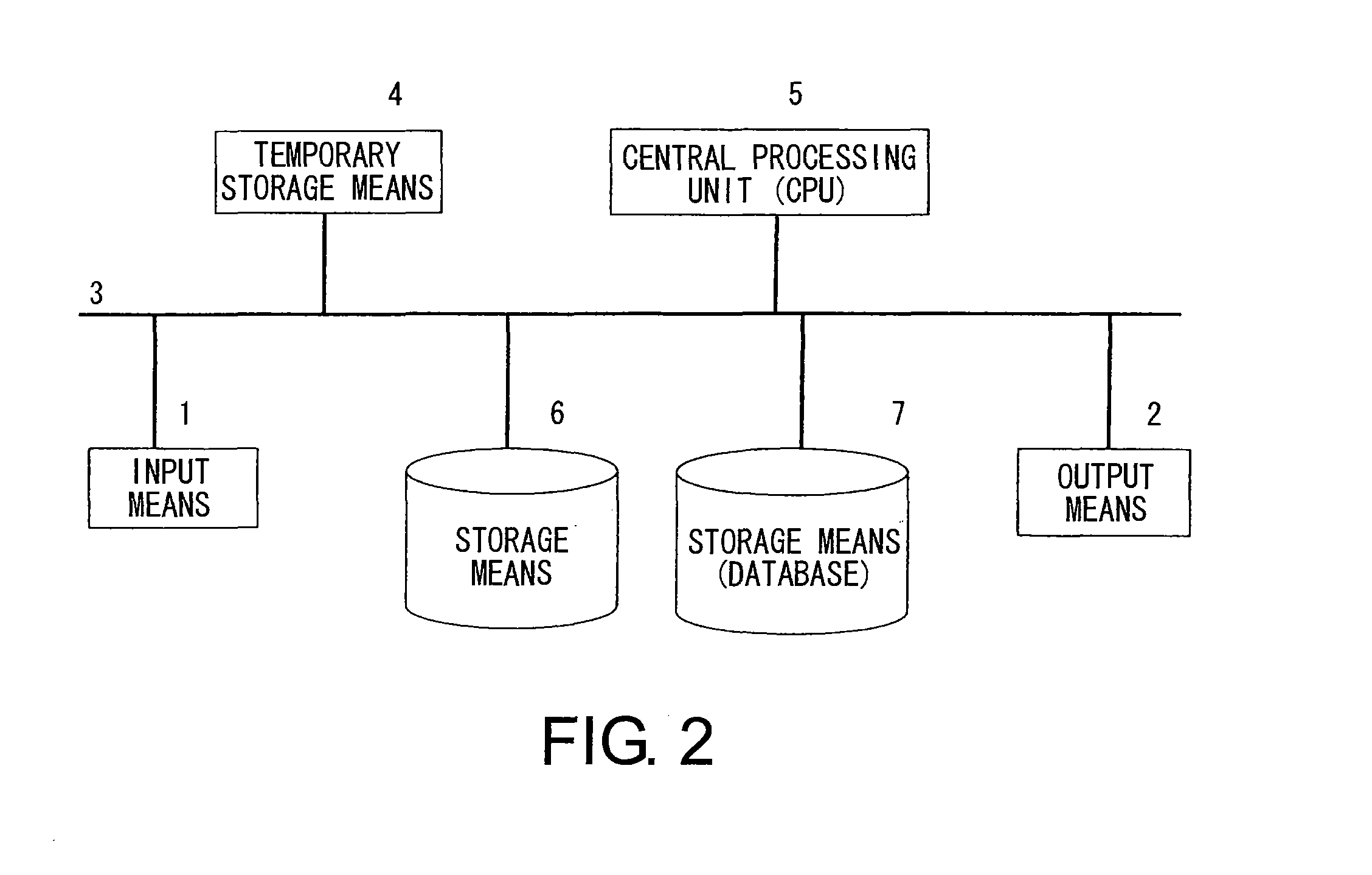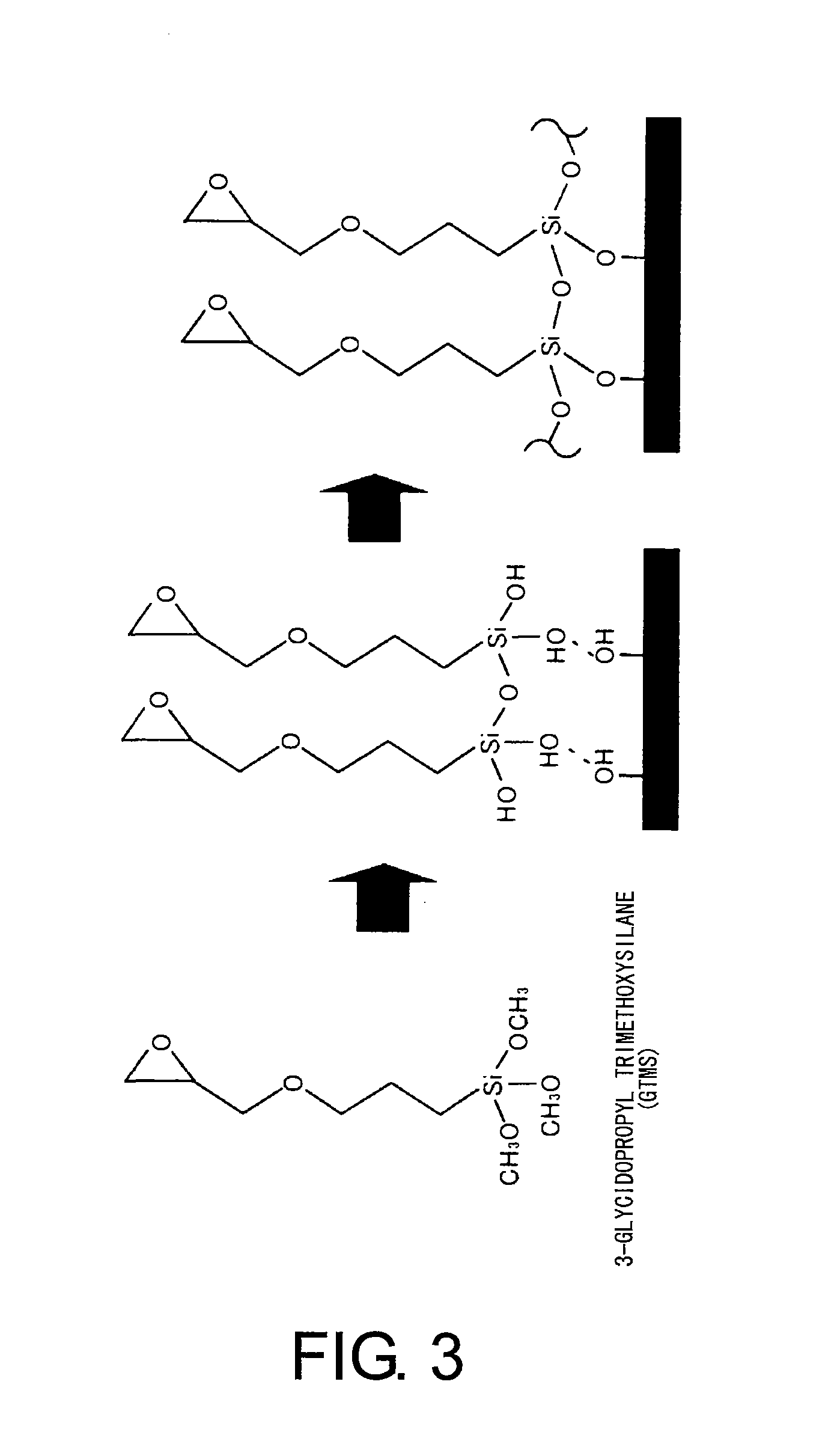Methods For Analyzing Interactions Between Proteins And Sugar Chains
a technology of applied in the field of methods for analyzing interactions between proteins and sugar chains, can solve the problems of difficult to obtain accurate data on interactions under equilibrium conditions, microarray readers cannot examine fluorescence, and the dissociation reaction of probe molecules is not thought to proceed easily, so as to achieve the effect of reducing the number of errors, and improving the accuracy
- Summary
- Abstract
- Description
- Claims
- Application Information
AI Technical Summary
Benefits of technology
Problems solved by technology
Method used
Image
Examples
example 1
Analysis of Interactions Between Sugar Chains and Lectins Using a Lectin Array
(1) Preparation of fluorescence-labeled glycoprotein probe (Cy3-ASF)
[0103] Fluorescence-labeled glycoprotein probes were prepared by fluorescently labeling asialofetuin (Sigma, hereinbelow ASF) using Cy3 Mono-reactive Dye (Amersham-Pharmacia, hereinbelow Cy3), which is a fluorescent dye with a maximum absorption wavelength of around 550 nm. ASF is known to have three N-linked sugar chains and three O-linked sugar chains per molecule, and a sugar chain structure in which the sialic acid cap of the non-reducing terminal in the sugar chains is partially removed. After preparing ASF in a 0.1 M carbonate buffer (pH 9.3) such that the final concentration is 1 mg / mL, 1 mL was mixed with 1.0 mg of Cy3 powder and allowed to react in the dark for one hour while stirring occasionally.
[0104] Next, free Cy3 and Cy3-ASF were separated and recovered by gel filtration chromatography using Sephadex G-25 as the carrier ...
example 2
Application to Other Sugar Chain-Related Arrays
[0125] Examples of a sugar chain-related array comprise the following five types: lectin arrays that use sugar chains as probes, as well as lectin arrays that use glycoproteins as probes, glycopeptide arrays that use lectins as probes, glycoprotein arrays that use lectins as probes, and antibody arrays that use lectins as probes. A schematic diagram of each type of sugar chain-related array and the sugar chain interactions is shown in FIG. 9.
[0126] Fluorescence intensity data obtained using each array are encoded. Since the numerical value of the brightness value is incorporated in 16 bits, it is a value between zero and 65,355. Given this, coding in six levels, from “0” to “5” at intervals of 10,000, was carried out by classifying the “brightness value−background value” values under a gain of “1000 times”. When brightness signal values under a gain of “1000 times” are saturated, observation is carried out after lowering the gain and ...
example 3
Analysis by an Array in Which Lectin-Antibody Were Spotted in a Same Area (FIG. 10)
1. Materials and Methods
(1) Preparation of a fluorescently labeled probe for a model glycoprotein
[0127] In this example experiment, six types of lectins with various sugar-binding specificities (RCA120, ECA, ConA, GNA, SSA, and SNA) were selected as lectins to be immobilized onto a lectin array. In addition, BSA, which is a protein that does not bind to sugar chains, was selected as the negative control. Also, in this experiment two types of antibodies, anti-fetuin antibody and anti-RNase antibody, which recognize the core protein portion of the probe, were spotted in the same area as the lectins. GNA and SNA were purchased from Vector; BSA was purchased from Sigma; and RCA120, ECA, ConA, and SSA were purchased from Seikagaku Corp.
[0128] Fluorescently labeled model glycoprotein probes were prepared by fluorescently labeling proteins such as ASF, FET, and bovine pancreas-derived ribonuclease B (R...
PUM
| Property | Measurement | Unit |
|---|---|---|
| Ratio | aaaaa | aaaaa |
| Sensitivity | aaaaa | aaaaa |
| Affinity | aaaaa | aaaaa |
Abstract
Description
Claims
Application Information
 Login to View More
Login to View More - R&D
- Intellectual Property
- Life Sciences
- Materials
- Tech Scout
- Unparalleled Data Quality
- Higher Quality Content
- 60% Fewer Hallucinations
Browse by: Latest US Patents, China's latest patents, Technical Efficacy Thesaurus, Application Domain, Technology Topic, Popular Technical Reports.
© 2025 PatSnap. All rights reserved.Legal|Privacy policy|Modern Slavery Act Transparency Statement|Sitemap|About US| Contact US: help@patsnap.com



